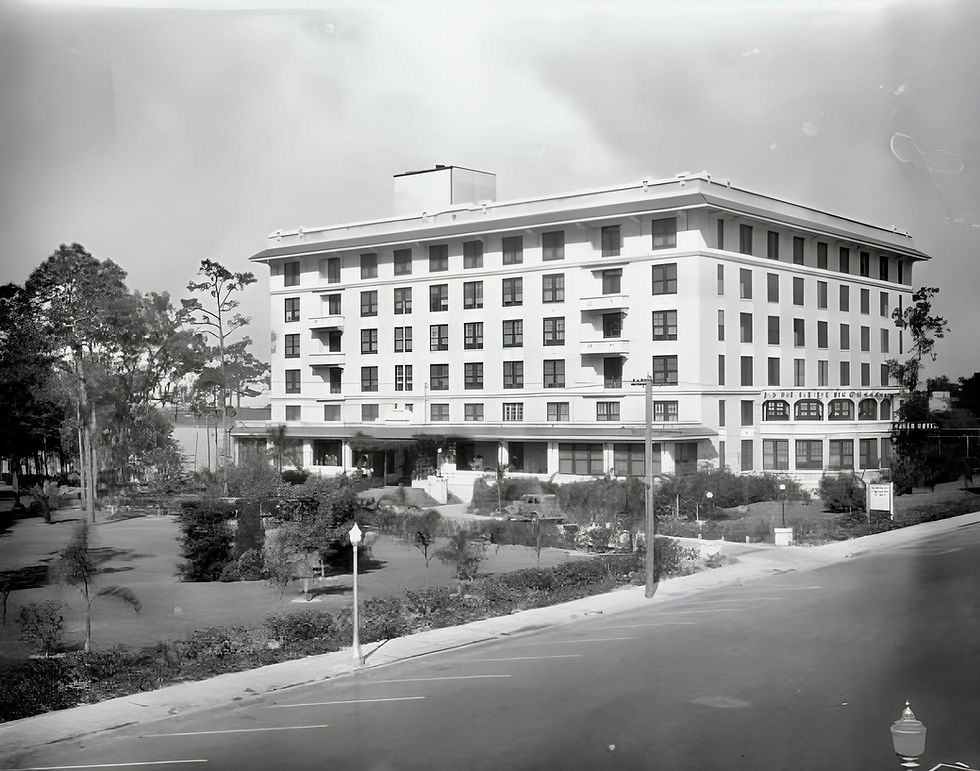The 1940s Bring War and... Nazi Storm Troopers in Winter Haven?
- Bob Gernert
- Jul 30
- 4 min read
Yes there were.
Many people do not realize that during World War II, Winter Haven was home to a POW (Prisoner of War) camp. It was located just north of the present City Hall in two buildings that had been used as exhibition halls for the Florida Orange Festival (later moved to the south of town and known as the Citrus Showcase). Our camp was affiliated with Camp Blanding near Starke. There were 19 such affiliated POW camps in Florida supplying labor for everything from picking citrus to serving the guests in Miami Beach hotels.
Why Winter Haven?
• Couldn’t find the manpower to pick the fruit
• Site was available as no festival was held in 42, 43 and 44
• Small wooden platforms served as guard posts
• Platforms with tents were also used to house guard units
• Guards were U.S. soldiers, but security was minimal
• Resident recalled they “were all big blond boys”
In March of 1973, Brad Beahan who was Associate Editor of the News Chief at that time, wrote an article about the local prisoner of war camp based on the recollections of local citizens. There had long been a “mystic” to the fact that a camp existed here at all. Beahan was attempting to shed some light on a rapidly fading chapter in our history. After publishing the article on March 4, a very interesting thing happened.
A day after the article was published, an authoritative source contacted Beahan. His name was H. Frederick Keiber, MD, and he lived here.
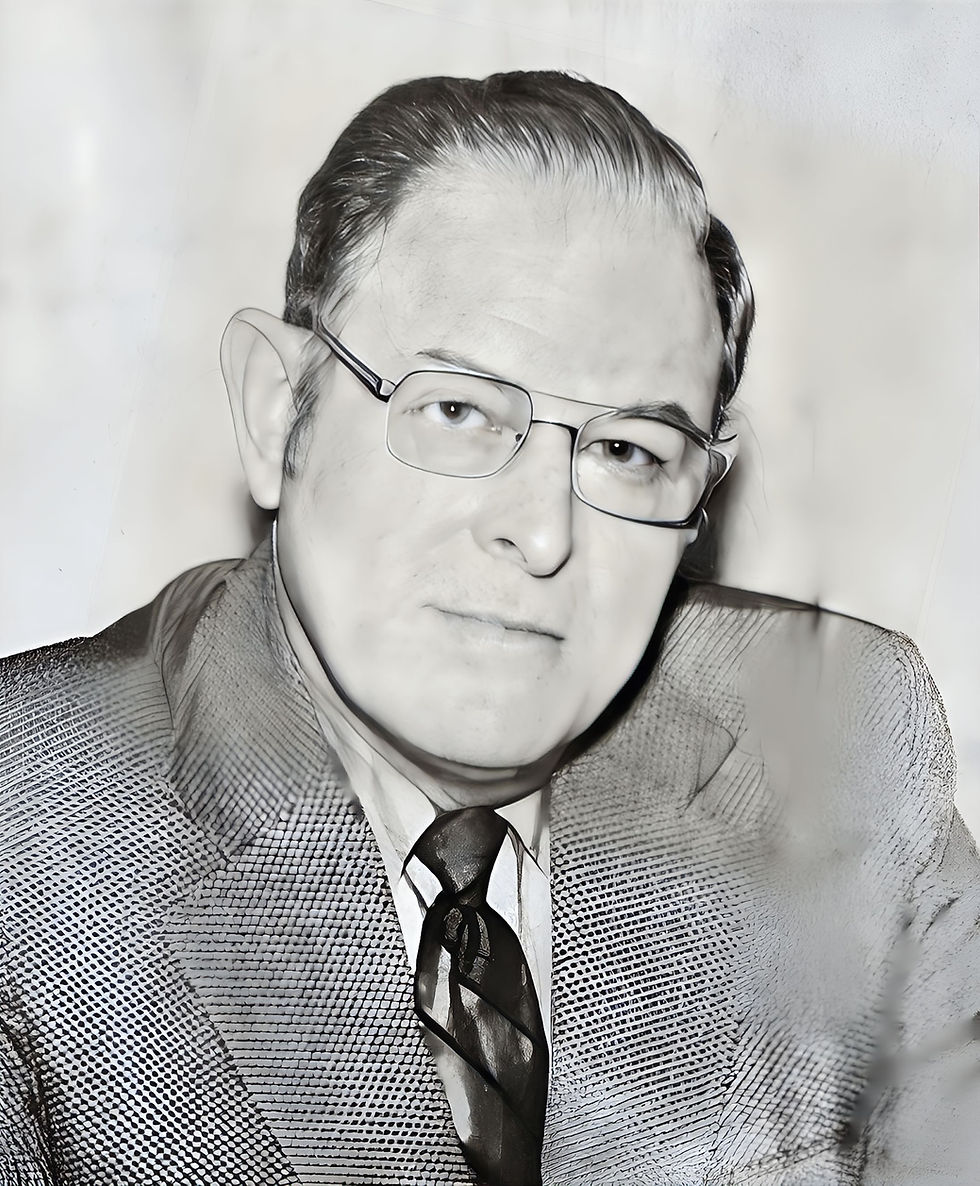
Dr. Keiber came to Winter Haven in 1950. He was an eye, ear, nose, and throat specialist. He had been the medical officer for all Florida POW camps from 1944 to 1946, and he was stationed at Camp Blanding in northern Florida. The then “Captain Keiber” toured all Florida camps, and his job brought him to Winter Haven about every six weeks. There were 10,000 German POWs in Florida, and about 200 of those were here in Winter Haven.
The first prisoners were members of Rommel’s elite Africorps, considered Germany’s best. Later in the war, the caliber of the POWs brought to Florida fell far below the Africorps standard. Keiber recalled, “Some of these were boys hardly 14 years old, and some were as old as 50.”
And now about Hitler’s Storm Troopers. U.S. Intelligence had learned that each had a small tattoo in the pit of his arm for identification. Dr. Keiber noted, “I would use some medical examination ruse to locate these marks so the prisoners wouldn’t know what I was doing. We found about 10 of them in the Winter Haven camp and they were moved out fast.”
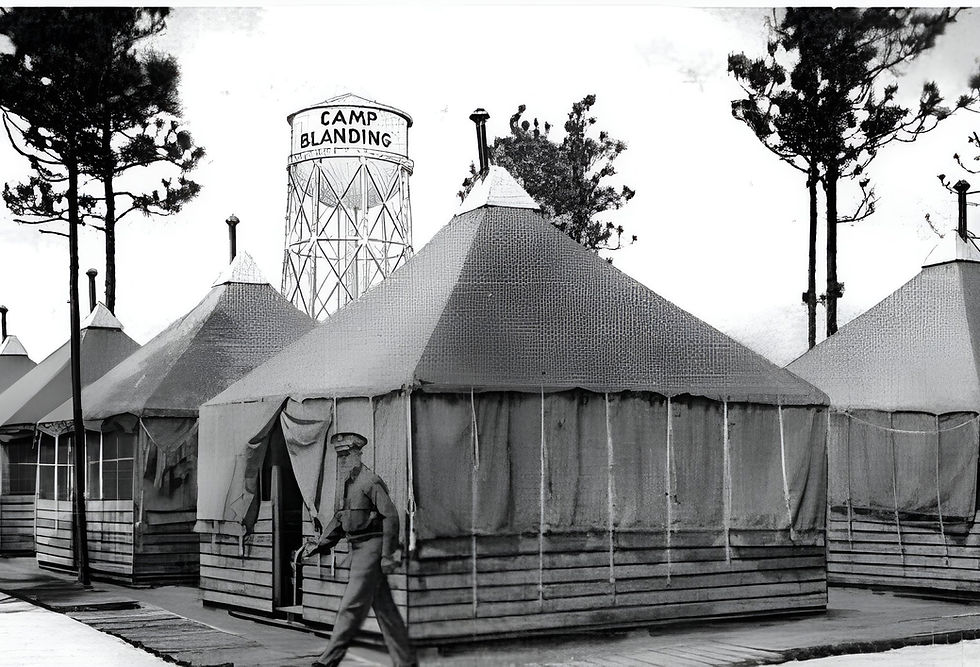
Keiber was assigned to the POW medical unit because he understood German. Keiber noted, “I never let them know I understood them – yet I knew everything they said as I went through the compounds inspecting conditions and checking the prisoners’ physical condition.”
A Typical P.O.W. Day:*
5:30 a.m. Reveille and off to breakfast in an American-style mess hall with German cooks.
7:30 a.m. - 4:30 p.m. Manual labor. Lunch was likely a bologna sandwich.
4:30 p.m. - 10 p.m. Shower, dinner, recreation or classes in English, Math or American History.
Pay could be used on toiletries, handkerchiefs, writing implements, soda, tobacco, and up to TWO BOTTLES OF BEER.
“Escape would have been simple,” Keiber said, “as the American soldiers who served as guards were pretty lax. They knew the Germans were not likely to escape so they didn’t guard them very closely.” This matches recollections of local residents such as the late Miles Plowden who remembered encountering the prisoners on their way to and from work in the groves.
The prisoners were paid $1 per day for their work. The companies that used their services paid the prevailing rate. In the end, the Florida POW camps under Keiber’s watch produced $1,243,000 in revenue. The prisoners’ money was held in escrow until their release. Many returned home with $500 in U.S. dollars – equivalent to about $5,000 in Germany at the time.
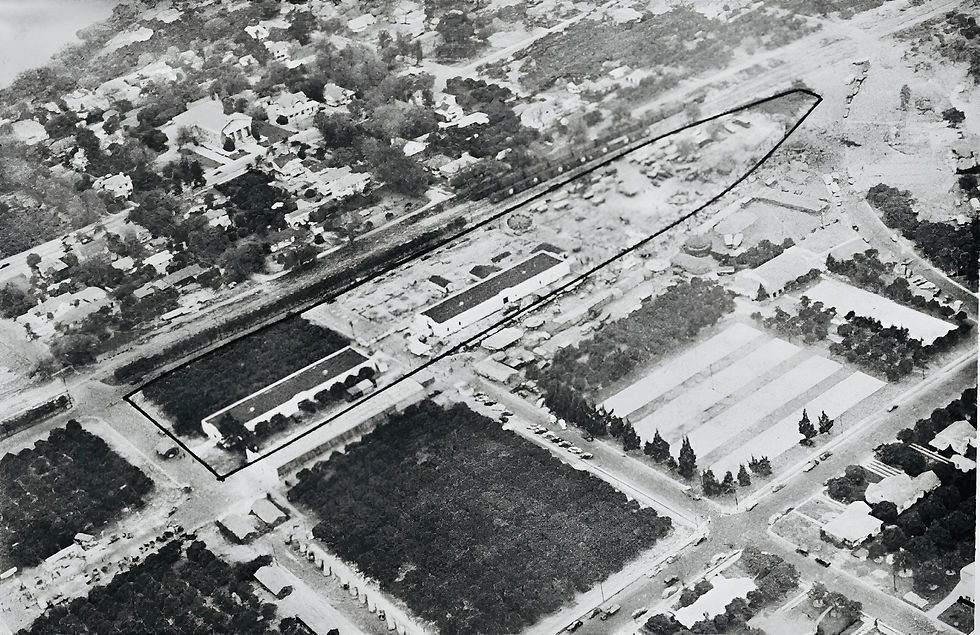
On a lighter note, Dr. Keiber remembered that the German cooks made far better food with the provisions they received than did their American counterparts. Authorities visiting the camps almost always chose to eat in the German mess hall.
After their release, Dr. Keiber accompanied a number of the prisoners to Camp Shanks near New York where they boarded ships to go home.
Captain Keiber was recognized for exceptionally meritorious service on April 12, 1946, by Major W. H. Lowman. His three years in Florida had convinced him and his wife that Florida was where he wanted to settle. They moved to Winter Haven with their family in 1951. Among their mementos were a short movie of their daughter in a swing at Lake Silver adjacent to the camp and vintage footage from Cypress Gardens in 1944. Dr. Keiber died January 28, 1991.
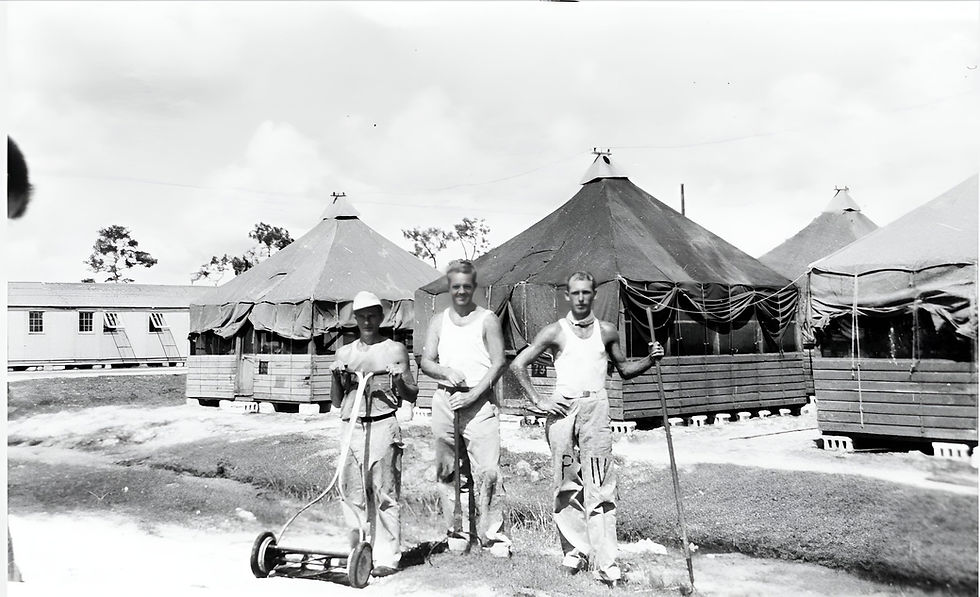
Of note: Photographs and media coverage of any type of military installation in the U.S. during WWII were generally prohibited. While some examples exist and we have included several, no photos of the local camp are known to exist. A review of the News Chief archives from latter 1944 and seven months into 1945 found no mention of the camp. This installment was taken from information in the 1973 News Chief article by the late Brad Beahan. The news clipping was discovered in papers Beahan gifted to the Winter Haven Museum some years ago.
* From “Hitler’s Soldiers in the Sunshine State,” an excellent compilation of facts and statistics authored by Robert D. Billinger and available online.
About the series ... Early in Winter Haven’s history, a large Chinaberry tree grew near the middle of Central Avenue at the corner of the Snell Bank (now the Times Square building). It was beneath this tree that early residents shared the news and



